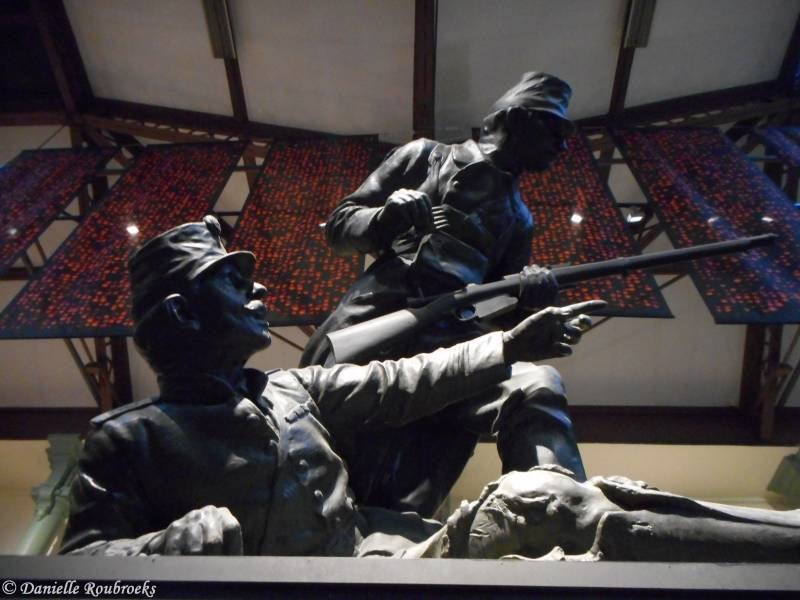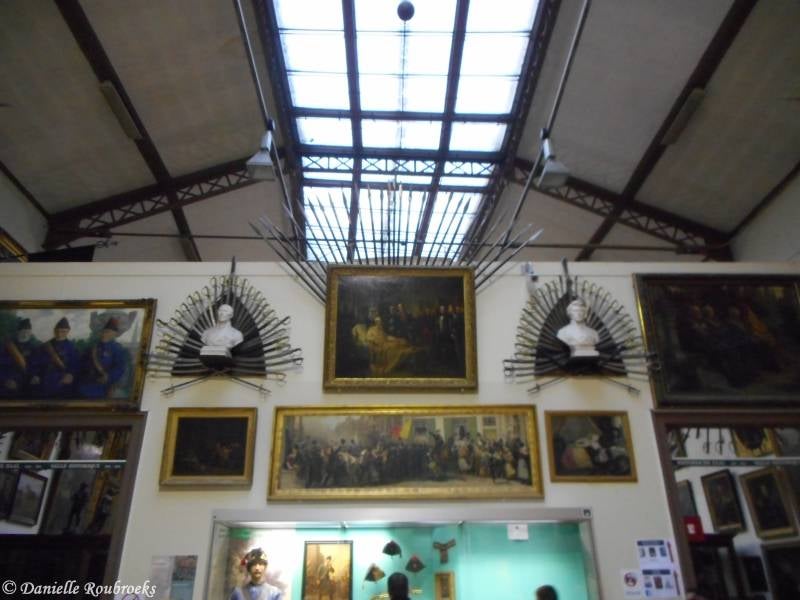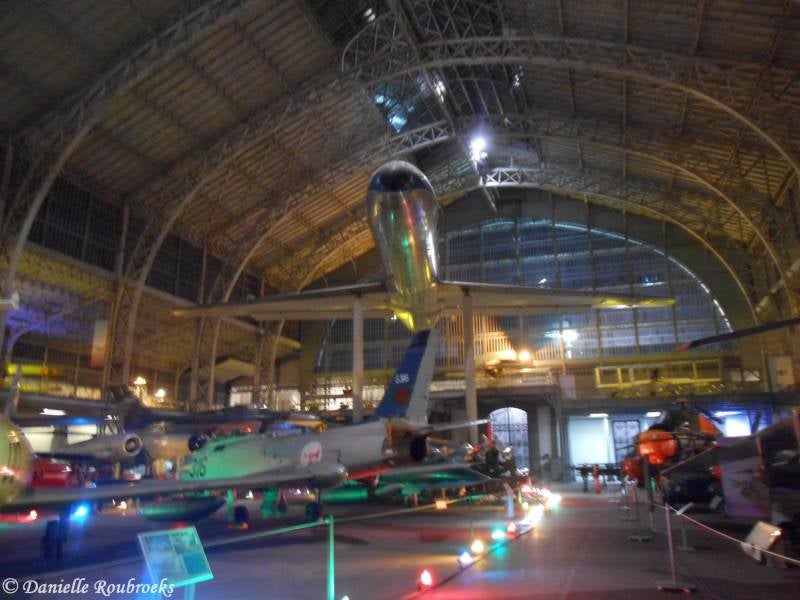Koninklijk Museum van het Leger en de Krijgsgeschiedenis
The Military Museum
For the 1910 world fair a young officer, Louis Leconte, brings together some nine hundred objects illustrating Belgium’s military past. The exhibition meets with great success and the authorities decide to maintain the collection, to house it in the former Military Academy buildings at La Cambre Abbey and to put Louis Leconte in charge. The Military Museum is born.
After the First World War the ensemble grows through gifts and donations by foreign governments. Leconte can also take his pick from equipment left behind by the Germans. The collections are bursting at the seams and a move becomes imperative. In 1923 the Museum takes possession of the north wing of the Jubilee palaces. Louis Leconte, who left active military service, is appointed curator in chief.
During the Second World War the Germans occupy the Museum and the institution only reopens after the conflict. The Museum then diversifies and creates new departments: military history, archives and library, print room and map room. In that way, the institution’s scientific character is put into the limelight and concepts such as conservation, restoration and presentation become key factors.
New sections are established: in 1972 the Air and Space section sees the light of day and in 1980 the armoured vehicle section is opened. In 1986 the Museum welcomes the magnificent arms and armour collection formerly on display at the Hal Gate Museum (a mediaeval remains in Brussels). In 1996 the Navy finds a safe harbour at the Museum. All forces are thus represented.
Today the Royal Military Museum occupies no less than five large exhibition galleries covering more or less 40,000 m2. The architecture and the atmosphere are unique. From the Historic Gallery with its displays recalling times long gone to the Bordiau Gallery with its modern museology: in his wanderings through the Museum the visitor not only discovers evolving collections, but also new presentations.
The Museum collections illustrate ten centuries of military history and skills, from mediaeval armours to present-day airplanes and armoured vehicles, over precious fire-arms and finely engraved edged weapons. Military uniforms and headgear mirror the evolution in military techniques, as well as the influence of civilian fashion on Belgian and foreign armies.
Our country’s history is never far away: the Austrian, French and Dutch periods, the independence of Belgium and the new kingdom’s military policy, the history of our sovereigns, the major world conflicts,… Paintings, sculptures, honorary distinctions and medals tell their stories and make us travel in time.





